Exploring new approaches to solar energy conversion
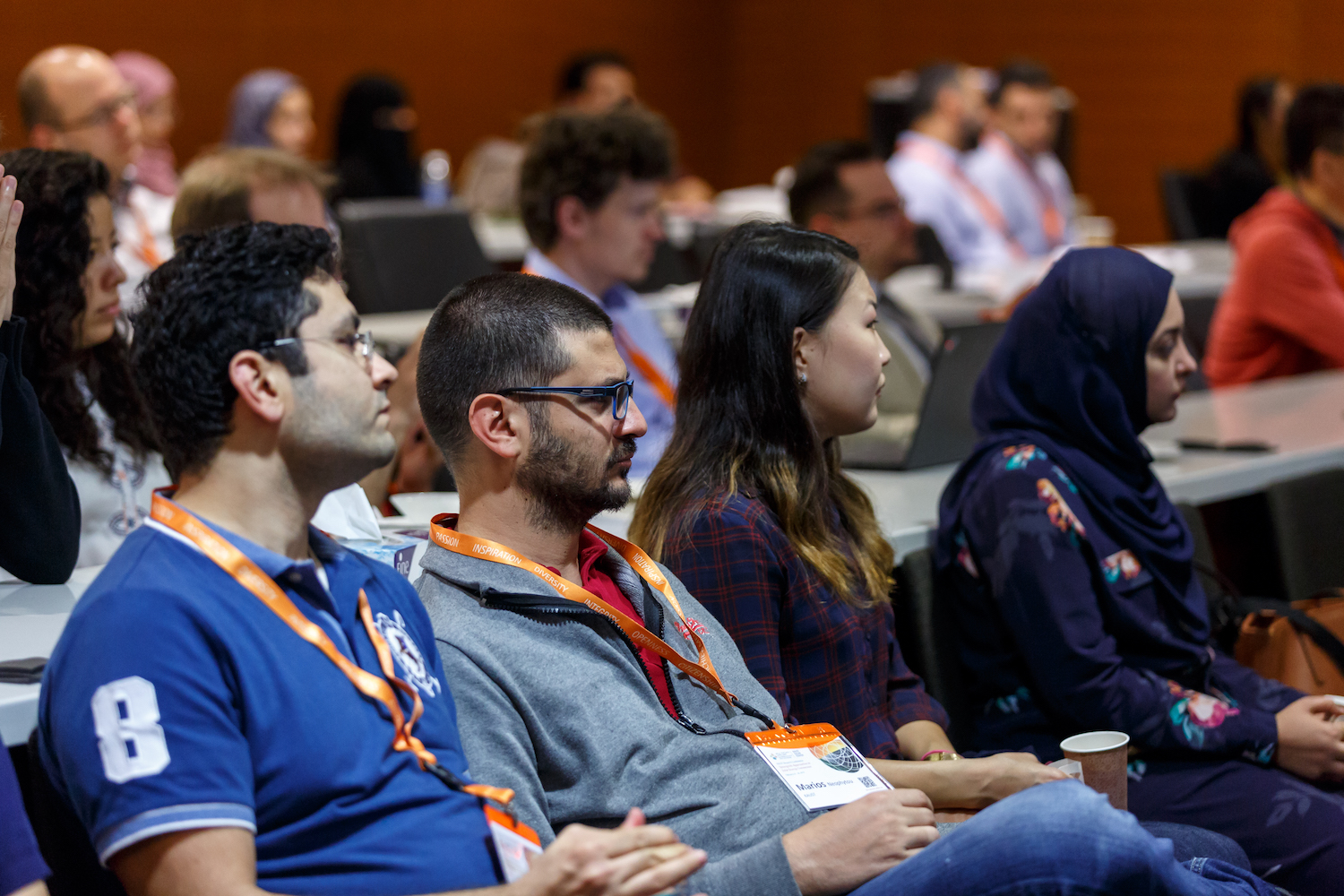
The University's Research Conference: Synergistic Approaches in Solar Energy Conversion brought together KAUST researchers and their international colleagues from February 25 to 27 on campus to discuss trends in global solar energy. File photo.
By David Murphy, KAUST News
The KAUST Research Conference: Synergistic Approaches in Solar Energy Conversion brought KAUST researchers together with international colleagues to discuss the most salient trends in the advancement of global solar energy conversation. The interdisciplinary event, which was organized by the KAUST Solar Center (KSC), took place from February 25 to 27 and sought to fuse a collection of diverse collaborations, ideas, findings and research with emerging technology in the field of solar energy.
The overarching focus of the conference was centered on three themes: performance-limiting factors and challenges in solar energy conversion technologies; emerging synergistic approaches; and approaches to overcome current performance limits. Scientists from varying disciplines, including chemistry, physics and materials science, discussed and assessed photovoltaic, photochemical and photocatalytic research during the conference.
A collaborative energy future
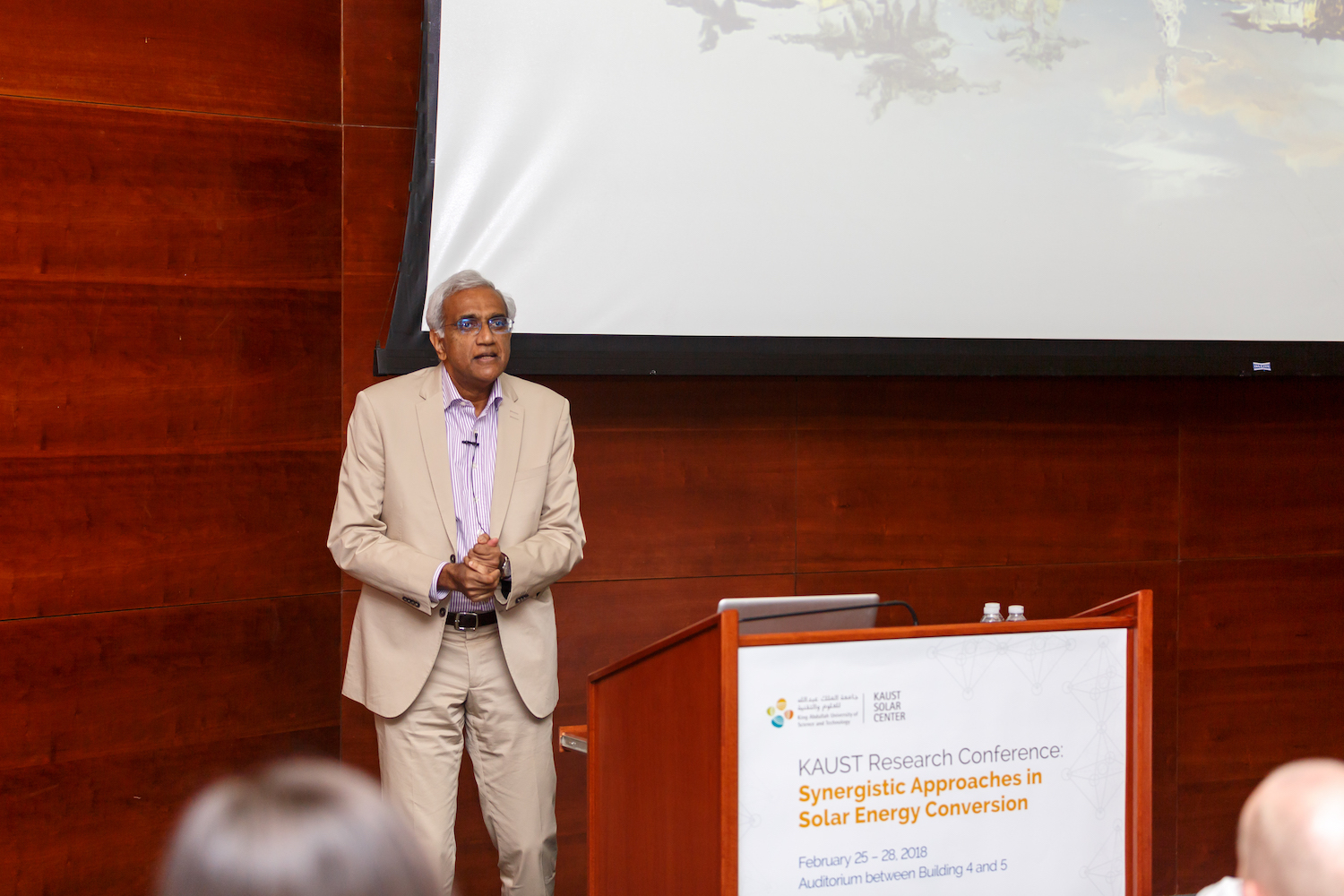
Yves Gnanou, dean of the University's Physical Science and Engineering Division, gives the welcoming remarks during the recent on campus KAUST Research Conference: Synergistic Approaches in Solar Energy Conversion. File photo.
In his welcome address, Yves Gnanou, dean of the University's Physical Science and Engineering Division and distinguished professor of chemistry, thanked the event organizers for bringing a wide selection of engaging speakers to the campus. Gnanou also outlined how KAUST is contributing to and supporting solar energy research within the Kingdom.
"From the University's very inception, we have shown a strong commitment to solar energy. I can see some dramatic changes occurring in the solar energy field. The Kingdom of Saudi Arabia is entering the solar era, and we will focus on the question of high temperature because we are in Saudi Arabia. We want to support the Kingdom," Gnanou stated.
Professor Iain McCulloch, director of KAUST Solar Center, outlined the role that the center plays in the University's research output and its future goals. McCulloch also emphasized the collaborative international nature of the center and the University as a whole.
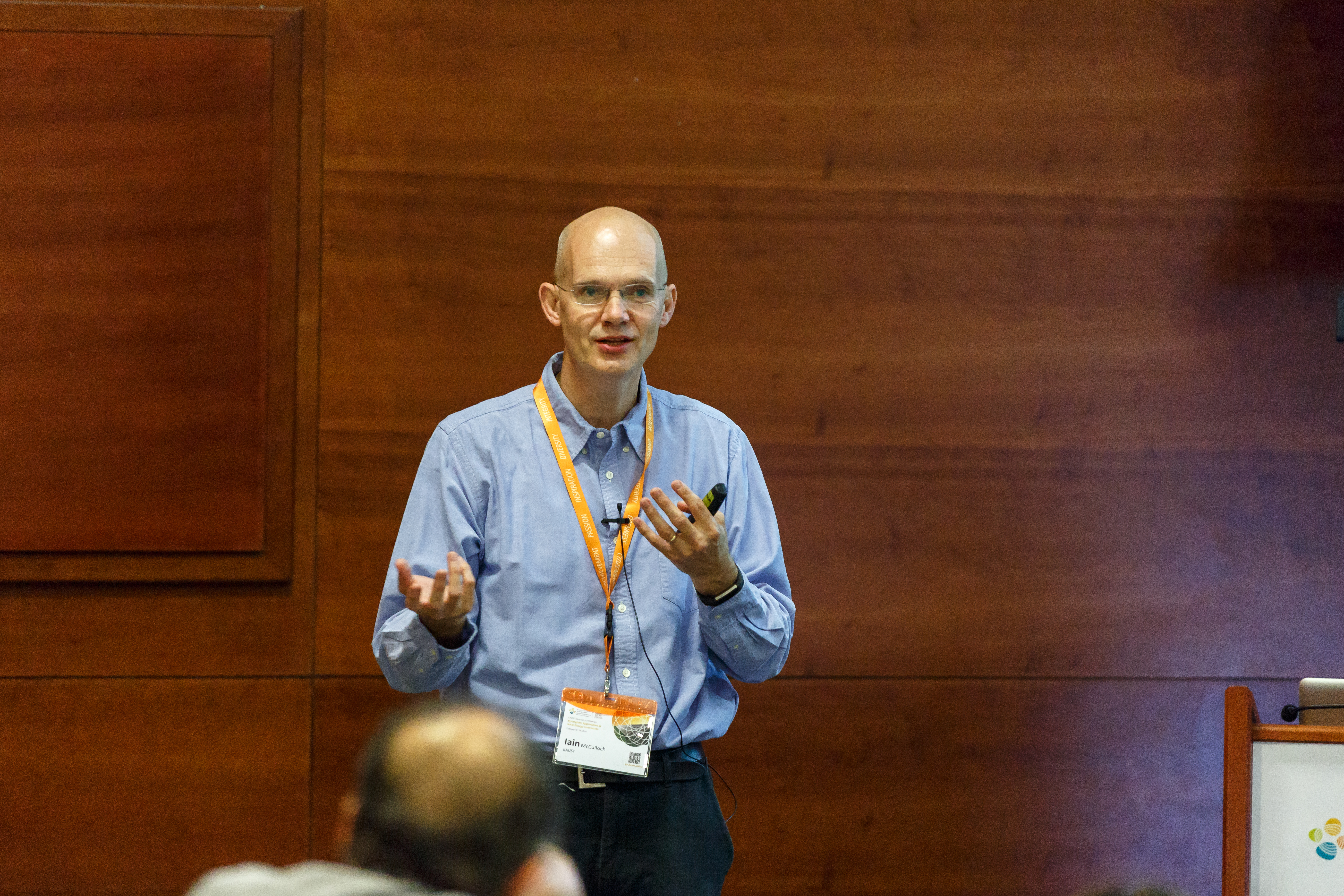
“Here at KAUST, we are a very collaborative University and we want to extend our global interactions. At the KSC, we aspire to be an applied center. We have excellent facilities and faculty here and we want to collaborate to solve regional and global solar problems,” McCulloch said.
"Here at KAUST, we are a very collaborative University and we want to extend our global interactions. At the KSC, we aspire to be an applied center. We have excellent facilities and faculty here and we want to collaborate to solve regional and global solar problems," McCulloch said.
"We are creating science and technology in the field of solar conversion. At KAUST, we provide an environment for interdisciplinary research, training and innovation. We are not a virtual center. We are a physical center with world-leading capability," he noted.
.jpg)
Stefaan de Wolf, KAUST associate professor of material science and engineering and chair of the recent on campus KAUST Research Conference: Synergistic Approaches in Solar Energy Conversion, speaks during the conference. File photo.
"What we want to do with this event is to link people from different fields to create a space for collaboration," De Wolf said.
Building the solar energy field
Edward Sargent, university professor in the Edward S. Rogers Sr. Department of Electrical and Computer Engineering at the University of Toronto, opened the conference's second day with a presentation on how silicon dominates the solar photovoltaic market.
Sargent's presentation entitled "Augmenting Silicon Using Colloidal Quantum Dots and Perovskites" detailed advances in large-bandgap perovskite front cells and small-bandgap back cells based on colloidal quantum dot solids.
"There have been tremendous steps to building up the solar energy field over the past few years. Through our studies, we feel that the field needs to move beyond nitrogen-based testing—there is a need for air-tolerant perovskite cells. We want to reduce defects in wide bandgap perovskites and we need to find ways to utilize energy—especially when energy remains underused on the grid," Sargent said.
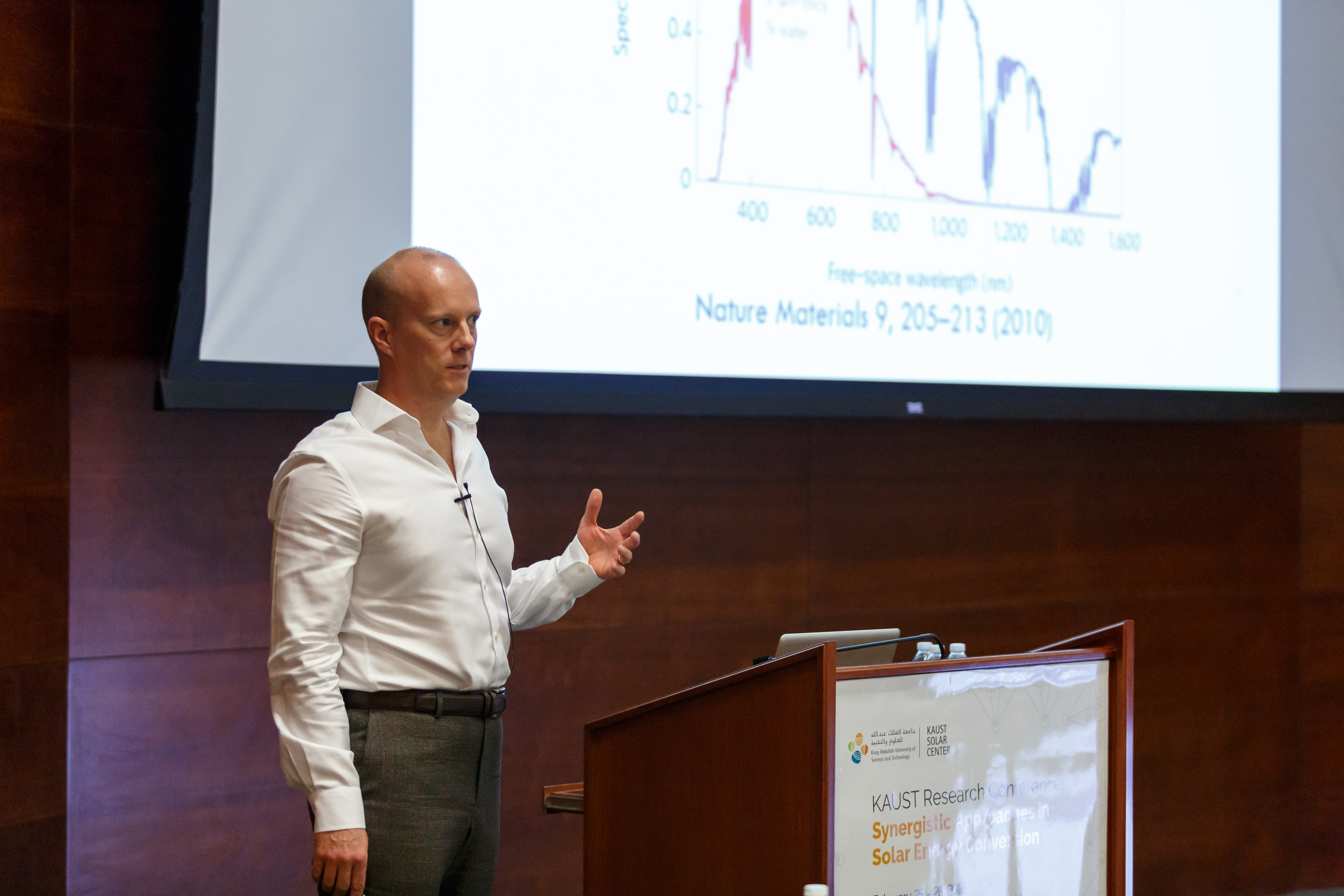
Edward Sargent, university professor in the Edward S. Rogers Sr. Department of Electrical and Computer Engineering at the University of Toronto, opens the second day of the recent on campus KAUST Research Conference: Synergistic Approaches in Solar Energy Conversion. File photo.
"The development of solar photovoltaics worldwide is quite ambitious. Nearly 100 percent of renewable scenarios need energy storage," Ager opined.
"Hydrocarbon fuels are unrivaled in their ability to store energy—this is what we want to make renewable in the future. We want to illustrate what the energy future could be. We imagine very large solar to hydrogen farms," he added.
Wide-ranging research
During the afternoon session of the conference's third day, Professor Henry Snaith, University of Oxford, outlined his and his team's research regarding optoelectronics, and specifically organic, hybrid and perovskite devices at the Clarendon Laboratory of Oxford Physics.
"A lot of issues in solar cells can be traced to the interaction between cells. If you could work out how to stabilize the inorganic perovskite, that would be a great step forward. We want to figure out how long all these cells can last for and we want to work out where we can go with today's technology," Snaith said.
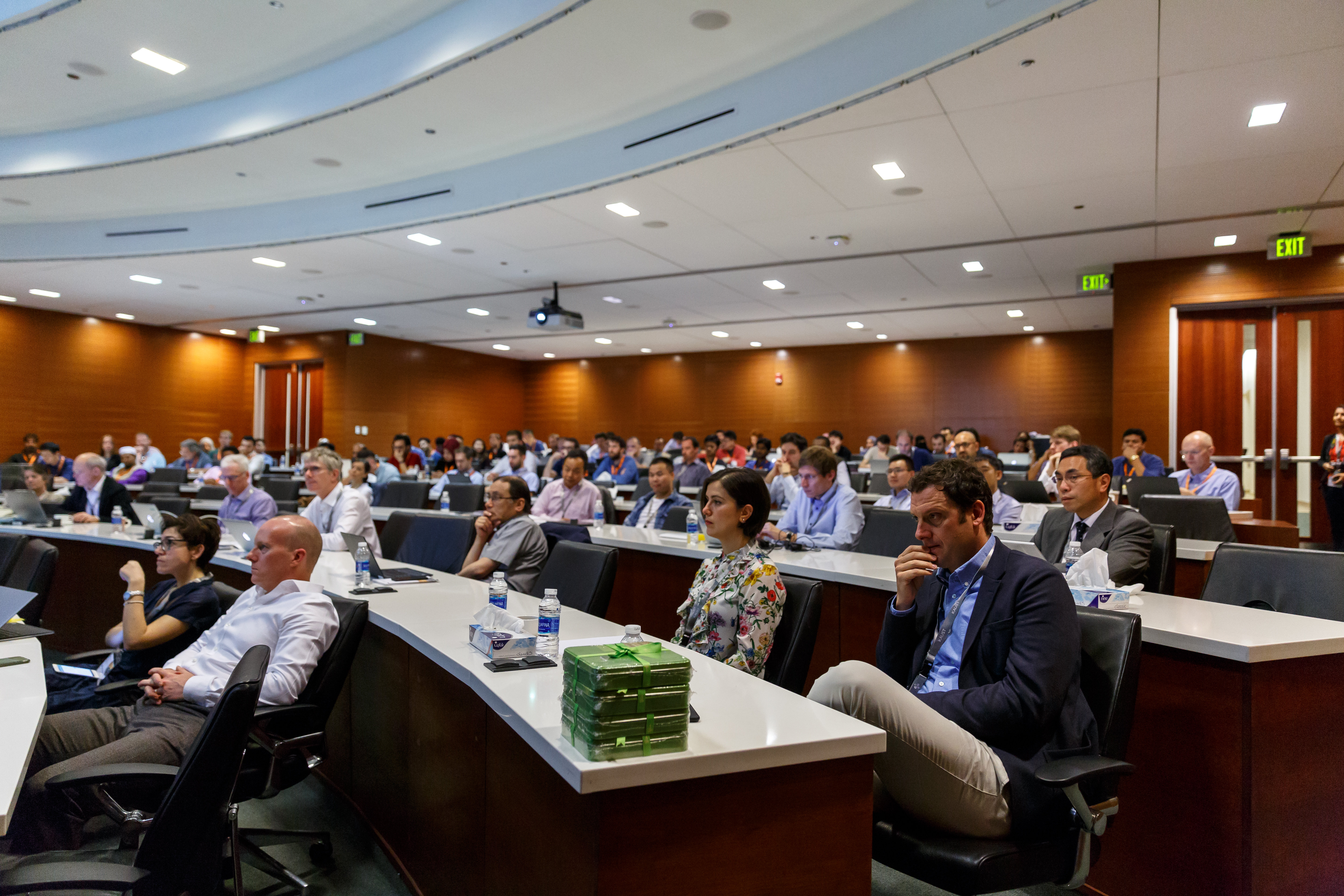
KAUST students, postdoctoral fellows and faculty members and guests listen to a presentation during the recent on campus KAUST Research Conference: Synergistic Approaches in Solar Energy Conversion . File photo.
"Organic/polymer solar cell (OPV) is still a promising energy conversion technology. More complex morphology exists in printed solar devices, and wavelength selective photovoltaic cells can be used for solar utilization in solar powered integrated greenhouses. Over the past few years, Resonant Soft X-ray Scattering (R-SoXS) has been very useful. Morphological parameters can be quantified by the unique tool that is R-SoXS," Ade said.
Supporting the next generation
The highly interdisciplinary conference also provided a space where KAUST students and postdoctoral fellows could display and present their research work in related fields. The pre-conference event on February 25 included tutorials focusing on the fundamentals of solar energy conversion and discussions dedicated to early stage career planning and paper and proposal writing for young researchers.

The University's Research Conference: Synergistic Approaches in Solar Energy Conversion brought together KAUST researchers and their international colleagues from February 25 to 27 on campus to discuss trends in global solar energy. File photo.
The poster session and "Young Speaker" sessions were sponsored by the Royal Society of Chemistry's Energy & Environmental Science and the KAUST Industry Collaboration Program (KICP), Industry Partnerships Office and Nature Energy, respectively.
Related stories:
- Inspirational solar research
- Solar Future 2015 Symposium
- Faculty Focus: Stefaan De Wolf
-
KAUST Solar Center officially inaugurated

